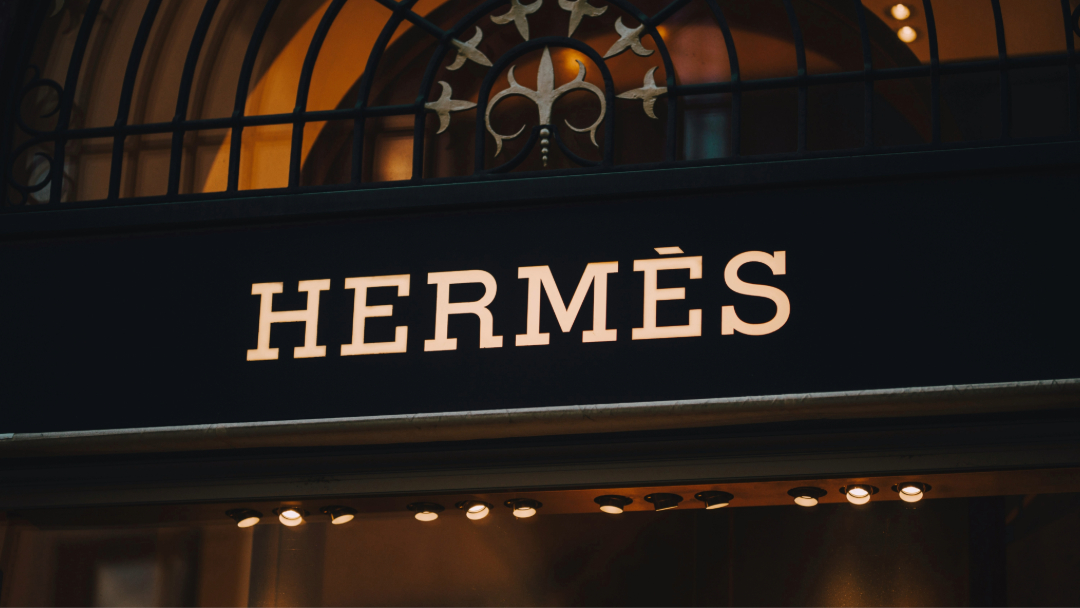Rony Zeidan, founder & chief creative officer of RO New York Inc, explains how brands both new and fatigued, can effectively reposition through savvy use of media

Rony Zeidan, founder & chief creative officer of RO New York Inc, explains how brands both new and fatigued, can effectively reposition through savvy use of media
Tom Ford took careful and measured steps to bring his luxury identity to the forefront
Rony Zeidan, founder & chief creative officer of RO New York Inc, explains how brands both new and fatigued, can effectively reposition through savvy use of media.
Change is a delicate process, doubly so for Luxury. Rebranding a label, whether one with a rich heritage, or an up-and-coming brand, can almost seem like squaring the proverbial circle. The brand must attract new customers with a fresh, dynamic experience, while at the same time maintaining the current client base, all the while preserving the brand’s identity.
For every successful brand repositioning, there are countless others who failed to make the transition. The question, then, is “What makes for a successful rebranding, and how does a luxury brand communicate this change to its customers?”
In terms of global markets, the nature of luxury branding has changed dramatically in the last 10 years. Previously, the emphasis was on simultaneous launches worldwide: a single, unified brand identity for every market. However, with the emergence of new markets onto the global stage, from big (Brazil, India, China) to small (Georgia, Oman, Azerbaijan…), brands have had to adopt more focused local efforts, still falling under the umbrella of the mothership.
“ With the emergence of new markets onto the global stage, brands have had to adopt more focused local efforts under the umbrella of the mothership ”
Noteworthy examples in the recent years have included the outstanding majestic runway shows of Chanel and Fendi at the Great Wall of China, and product focused deliveries for the Middle East; a fertile ground for the luxury brands, despite on-going political developments. Chopard is a perfect example of a brand diversifying for global markets. The company has recently focused its efforts in the US on an ecommerce presence, while beefing up their retail presence worldwide with specific product launches targeted to the Middle East.
On a more specific, brand-by-brand level, we can examine the cases of ones that make such a transition seem easy. Burberry remains the go-to example for a successful turnaround. Despite 150 years of heritage, the brand had slipped into a perceived obsolescence.
The brand was seen as frumpy and out-dated at best, thuggish gang wear at worst. Seeking a new direction, in 2001 the company successfully repositioned itself by showcasing a redesigned product line, which was supported by a media-savvy creative marketing campaign. As a result of these changes, the company is now one of the leading brands in its category.
Burberry may be a special case, however. Not every luxury brand can afford such a ground-up transformation. With just a few key marketing decisions, brands can still carve out an exciting reference point within the industry.
“ With just a few key marketing decisions, brands can still carve out an exciting reference point within the industry ”
For example, Tom Ford was once synonymous with Gucci. During his tenure as Creative Director, he transformed the brand into a luxury powerhouse. When the time came for him to launch his own label, a new direction was needed.
With the brand being synonymous with himself, Ford took careful and measured steps to bring his luxury identity to the forefront. His forays into filmmaking, his collaborations with Terry Richardson on his visual campaigns, and his close creative control over all points of communication have served to further establish his brand globally.
Nonetheless, the brand’s launch was brilliant; beginning with a fragrance line, followed by a luxurious men’s line, all culminating with the very hush hush women’s fashion launch in London last year. The gala, with its heavy focus on an elite circle of “friends” exposed to the eponymous labels designs, served as a means to further enhance the brands already sterling cultural cache.
“ After all, familiarity breeds contempt, and nothing generates more interest in a brand than a lack of information ”
Yves Saint Laurent seems to be following Ford’s example. The recent hire of Hedi Slimane, noted for his work as the creative director of Dior Homme, hints at interesting developments down the line. Slimane has already distinguished himself by debuting YSL’s latest collections to a limited audience consisting solely of retailers, with no press or industry professionals present. This has the effect of re-emphasizing the brand’s relationship with potential buyers, enhancing to the perception of a shared and special dialogue between designer and client.
Both these cases represent the means by which luxury brands may cultivate and emphasize their own personal “mystique”. After all, familiarity breeds contempt, and nothing generates more interest in a brand than a lack of information.
Social media will of course play a part in any repositioning strategy at some point, particularly as a means of communicating the transition to the customer base. A well-crafted social media campaign can do a great job at exposing a brand. However, as the launch of Facebook’s IPO demonstrated, social media remains an unknown factor as far as ROI is concerned.
“ A successful luxury rebranding is one which emphasizes & highlights the brands unique positioning, and clearly communicates said position through effective media use ”
With questions of such a medium’s long-term sustainability unanswered, utilizing social media in a rebranding campaign must be done with a light touch, integrated into the strategy overall, rather than being the focus of an entire campaign. Diversification of marketing budget allocation is key.
And so, we have our answer to the question of the hour: a successful luxury rebranding is one which emphasizes and highlights the brands unique positioning within the market, and which clearly communicates said position through effective use of the media, whether that be an attention grabbing strategic move, or a savvy marketing campaign.
To further investigate Branding and Communications on Luxury Society, we invite your to explore the related materials as follows:
– What the 2012 BrandZ™ Top 100 Means for Luxury
– The Top 50 Most-Searched for Luxury Brands in Russia
– How Luxury Brands Are Using Photography: Diver & Aguilar










